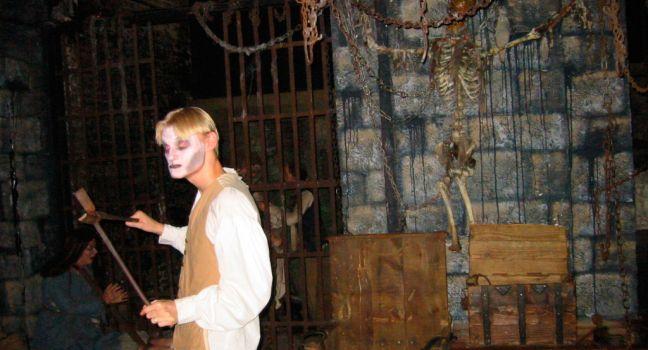St. Bride's
Located just off Fleet Street in the city's former epicenter of English print and newspapers, St. Bride's is known as "the journalists' church," and indeed a small altar in the north aisle marks a memorial dedicated to the sadly ever-growing list of reporters, photographers, and crew who have lost their lives covering 21st-century conflicts. St. Bride's is another of Sir Christopher Wren's English baroque gems, built nine years after the Great Fire of 1666. The distinctively tiered steeple, Wren's highest, for which Benjamin Franklin designed a lightning rod, allegedly inspired a baker parishioner to make a similarly shaped tiered cake for his own wedding, thus creating the modern wedding cake design.
This is thought to be the eighth church on the site (there's still a medieval chapel in the northeast corner), with the first one built during the seventh century. Evidence for this, along with a section of a Roman mosaic sidewalk, was discovered in the crypt, where you can now see the many archaeological finds unearthed from the thousands of coffins there. Guided tours can be arranged in advance; the church also hosts regular free lunchtime concert recitals.





